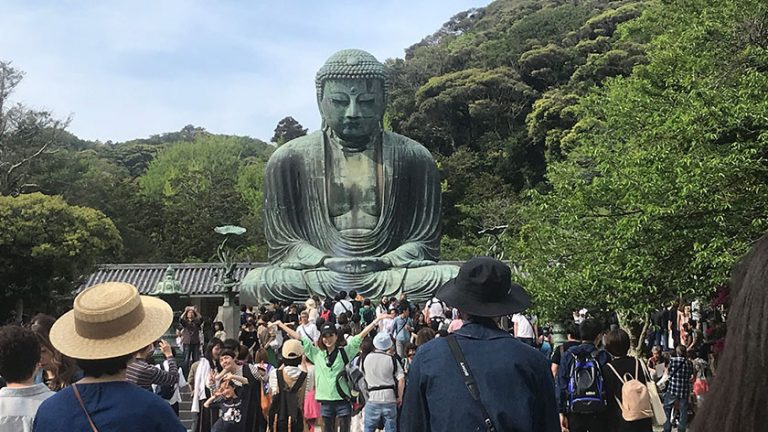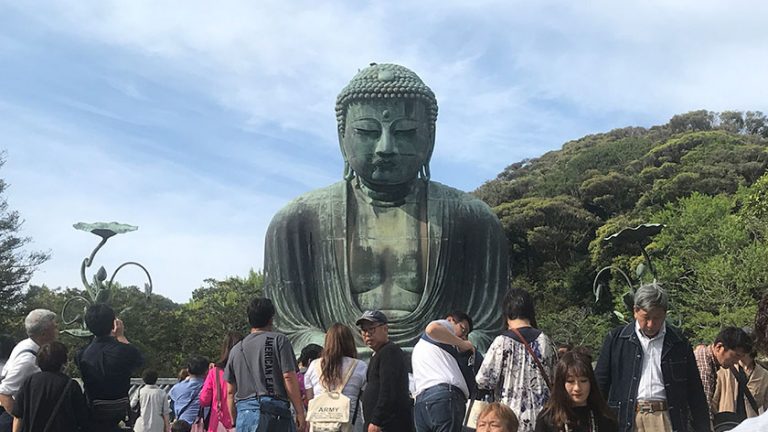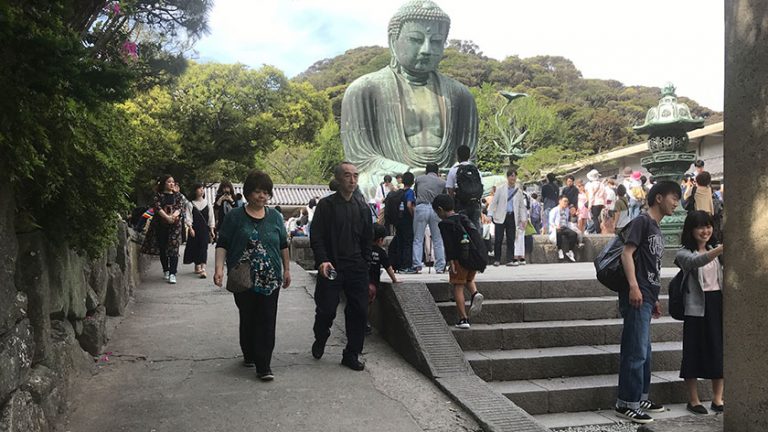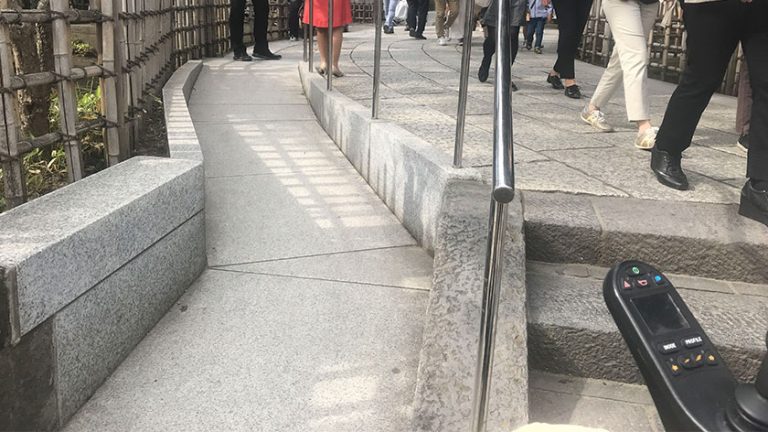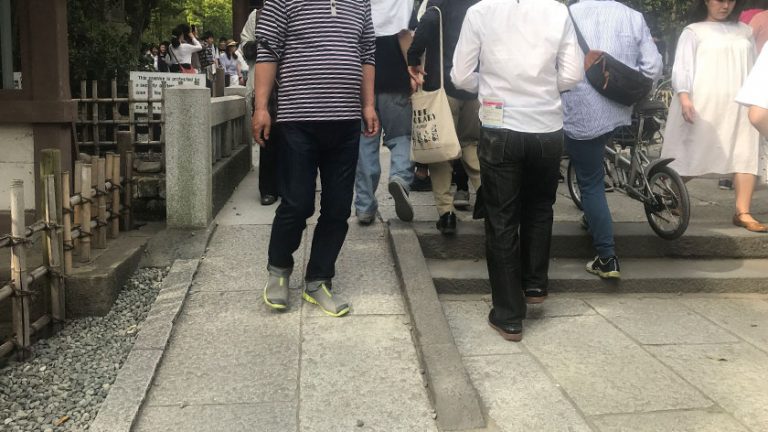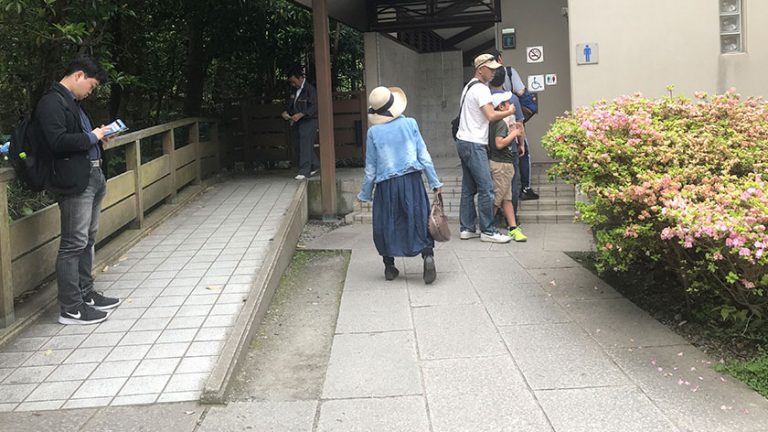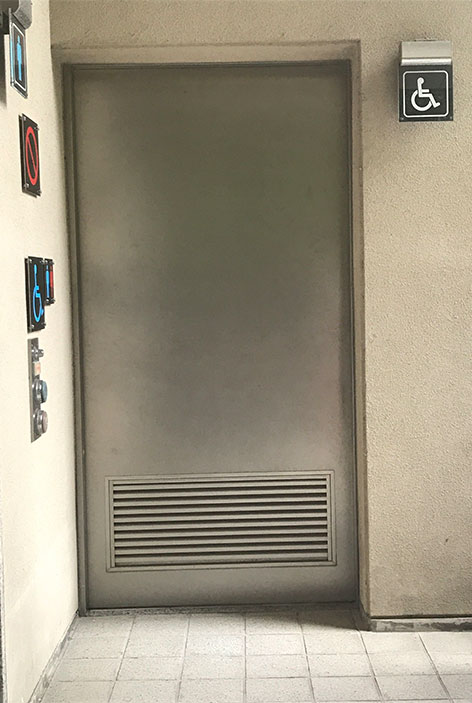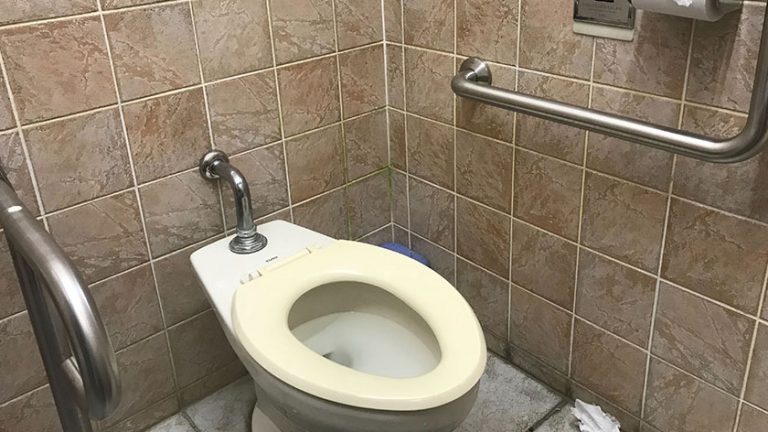
The Great Buddha of Kamakura at Kotoku-in is a highlight of the Kamakura area and is one of the most accessible temples in the city.
Background Information
The Kotoku-in is a Pure Land Buddhist temple established during the Kamakura Period in 1252. It is designated as a National Treasure of Japan and houses a Great Buddha (Daibutsu) statue. That statue, a bronze casting of the celestial Buddha Amida, is approximately 11.4m (44 feet) tall and weighs over one-hundred tons. Created to replace a wooden statue that was damaged in a great storm in 1248, it has endured typhoons, tsunami, and other harsh conditions for hundreds of years.
Kotoku-in is open year-round, admitting guests from 8:00-17:30 (April-September) and 8:00-17:00 (October-March), up to 15 minutes before closing. General admission is 200 yen, with an additional 20-yen to enter the Great Buddha statue.
For additional information about the Kotoku-in and Great Buddha, see “A Pilgrim’s Tale: Religion, Ritual, and Physical Disability in Japan,” an article by our resident researcher, Mark Bookman.
Getting There
Persons with disabilities can access the Kotoku-in by taking a slope-equipped bus from Kamakura Station. Alternatively, they can walk from Hase Station (wheelchair accessible, approximately ten minutes), although the walking route involves taking narrow sidewalks that are usually packed with people.
Wheelchair accessible parking is also available.
Accessibility
While many temples and shrines in Kamakura are located in hilly areas and surrounded by stairs, the Kotoku-in is relatively accessible. Guests enter the complex via a series of stone ramps that lead to the ticket counter. After paying the 200-yen entrance fee, they are invited to follow a concrete path that leads to the central square where the Great Buddha sits. The sides of that path are buffered by small rocks, which can present challenges for persons in wheelchairs and those who have mobility impairments. However, the main thoroughfare is smooth and easy to navigate.
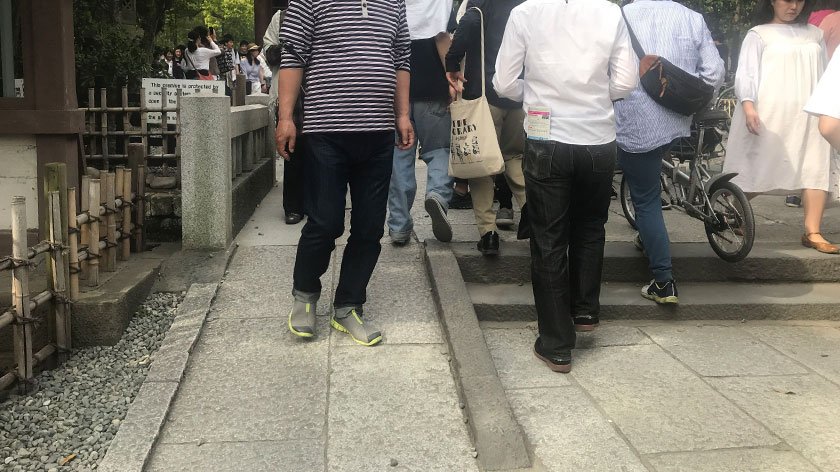
After entering the central square, guests inevitably encounter a fork in the road. There are signs in English and Japanese indicating that they should proceed to the right as everyone exits the complex from the left. Indeed, the path to the right leads to a staircase in front of the Great Buddha, which is a convenient spot for taking photos. Unfortunately, there is no ramp to the Great Buddha on the right side of the complex, meaning that many guests with disabilities will have to retrace their steps. By following the path to the left, they can reach a ramp that leads to the Great Buddha’s platform.
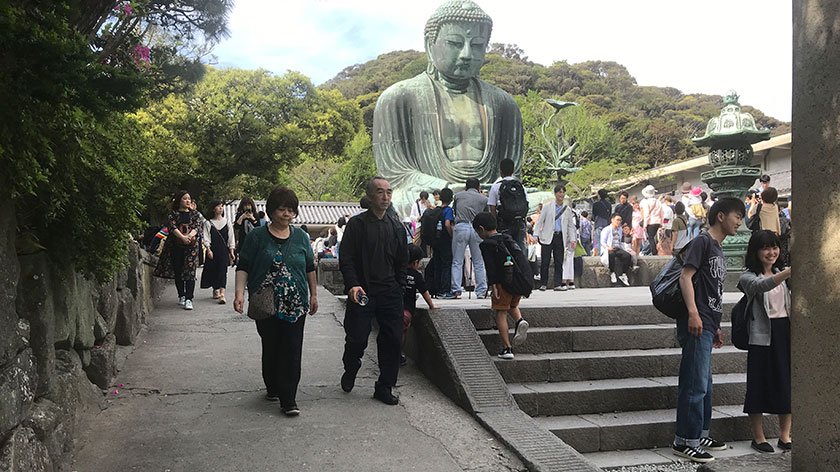
The Great Buddha’s platform itself is almost entirely barrier-free and guests with mobility impairments can approach the bronze statue without issue. Unfortunately, they cannot go inside the statue (as some individuals without mobility impairments can) if they are unable to climb stairs. Ramps on the left and right sides of the platform lead to two gift shops, where guests can purchase charms and other souvenirs. There is also a rear gate that leads to a wheelchair accessible bathroom.
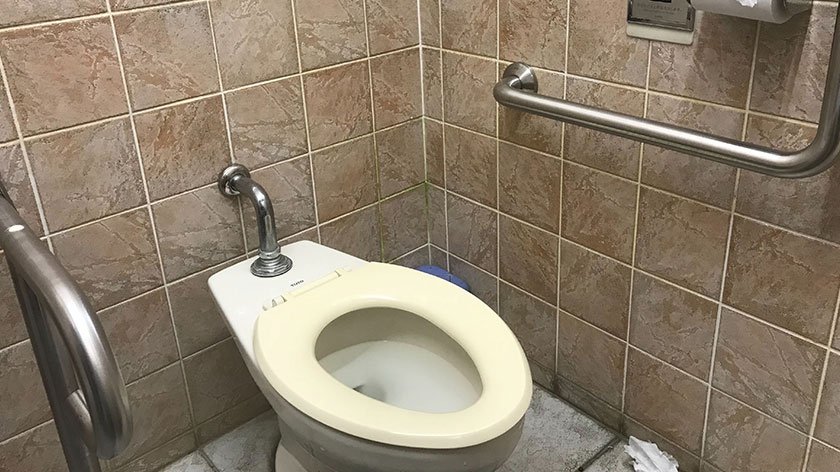
The temple offers an accessible map on their website which can be found here.
Conclusions
The Kotoku-in and Great Buddha of Kamakura are enduring cultural icons in Japan. They are also invaluable examples of Buddhist art that are definitely worth seeing if your itinerary allows you to visit. While the complex is largely accessible, guests should be cautious about the small rocks that line its pathways and strategic placement of ramps. Otherwise, they should find that the temple is very accommodating, especially when compared to other temples and shrines in the area.



